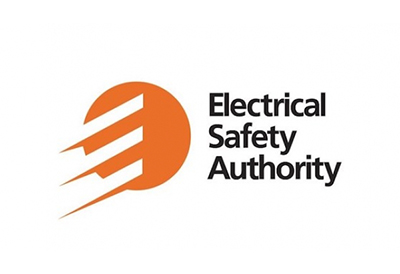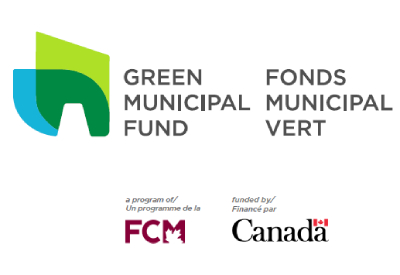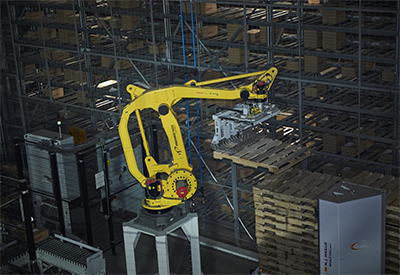Power Survey Acquires Power Standards Lab

July 6, 2017
Power Survey and Equipment Ltd. (PS), a manufacturer of power quality systems, has acquired California-based Power Standards Lab Inc. (PSL), with its global expertise in power quality, energy monitoring, and data analysis.
Together, the companies will provide end-to-end electric power quality solutions to Commercial and Industrial (C&I) customers, utilities, and government agencies.
Modern businesses are regularly disrupted by electric power quality events: lightning strikes, harmonics, voltage sags and swells, brief interruptions, and dozens of other types of disturbances. At the same time, high-tech sources of energy have begun to displace the stability provided by traditional massive rotating generators. And today’s commercial and industrial operations rely increasingly on power-sensitive devices.
With this acquisition, global customers will now benefit from a unified set of monitoring, diagnosing, trending, and mitigation capabilities that solve power quality disturbances.
“PSL’s strong reputation in the industry complements our own, and PSL brings new solutions that immediately benefit our customers,” said Mario Barbaresso, President and CEO of Power Survey. “The USD $24 million funding we received is a strong investor endorsement of our vision to provide global customers with a complete power quality solution.”
“We have world-leading knowledge about power quality measurements, standards, and technology,” said Alex McEachern, President and CEO of Power Standards Lab. “And now, joining together with Power Survey, we can actually help solve the problems we diagnose. That’s great, both for us and for our customers!”
In his new role, Mario Barbaresso will lead both companies, and Alex McEachern will partner with him as the Founder of PSL. The combined companies will continue to operate at their respective locations in Montreal, Quebec, and Alameda, California. There will be no disruptions to customer service or support. The combined global network of distributors will benefit from an expanded product offering, and the company has plans for strong headcount growth in both locations.










![Guide to the Canadian Electrical Code, Part 1[i], 26th Edition – A Road Map: Section 10 – Grounding and Bonding](https://electricalindustry.ca/wp-content/uploads/2022/11/Guide-CE-Code-2.png)





